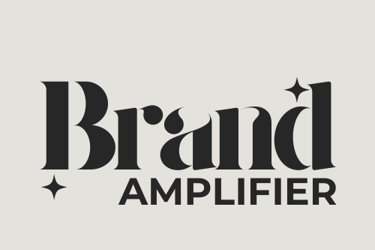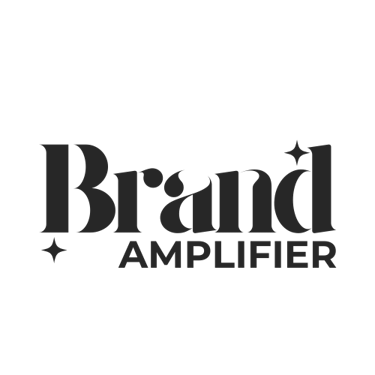Finding Your Creative Sweet Spot: The Three-Part System Breakdown
PERSONAL BRANDING CREATIVITY
Stacey Kelly
2 min read


Part 1: Input Curation
Choose Your Inspiration Sources
Industry Leaders: Follow 5-7 key thought leaders in your space who consistently challenge conventional thinking
Cross-Pollination Sources: Select 3-4 disciplines outside your field (e.g., art, psychology, sports) for fresh perspectives
Customer Insights: Set up systematic ways to gather client feedback, questions, and challenges
Cultural Trends: Identify 2-3 reliable trend sources that track broader business and social movements
Set Up Capture Systems
Digital Tools: Use apps like Notion, Evernote, or Apple Notes with specific folders for:
Market insights
Client stories
Interesting quotes
Framework ideas
Future content topics
Physical Tools: Keep a pocket notebook or journal for:
Sudden insights
Meeting observations
Random connections
Questions that arise
Voice Notes: Use voice memos during:
Morning walks
Commute time
Post-meeting reflections
Create Input Filters
Relevance Check: Does this align with my core message?
Originality Filter: Is this a fresh perspective or just noise?
Value Assessment: Will this truly help my audience?
Time Investment: Is this worth deep exploration?
Part 2: Processing Rituals
Establish Thinking Time
Deep Work Blocks: Schedule 90-minute uninterrupted sessions for:
Content development
Framework creation
Strategy planning
Regular Reviews: Set aside time for:
Weekly content planning
Monthly trend analysis
Quarterly strategy adjustment
Design Reflection Practices
Morning Pages: 15-20 minutes of unfiltered writing to:
Clear mental clutter
Surface subconscious insights
Connect disparate ideas
Weekly Review: 30-minute session to:
Review captured ideas
Identify emerging patterns
Plan content themes
Build Synthesis Habits
Mind Mapping: Create visual connections between:
Related concepts
Client problems and solutions
Current trends and future implications
Framework Development: Transform insights into:
Teachable systems
Repeatable processes
Memorable acronyms
Pattern Recognition: Look for:
Common client challenges
Recurring industry themes
Universal principles
Part 3: Output Refinement
Develop Testing Methods
Small Group Testing:
Share ideas with trusted network
Test concepts in LinkedIn posts
Trial new frameworks in meetings
Feedback Collection:
Track engagement metrics
Monitor comment themes
Note frequent questions
Create Feedback Loops
Engagement Analysis:
Track which topics resonate
Monitor comment quality
Note share patterns
Client Response:
Document real-world application
Gather implementation stories
Collect case studies
Peer Review:
Regular mastermind sessions
Expert consultations
Collaborative refinement
Build Improvement Systems
Content Evolution:
Regular format updates
Message refinement
Delivery optimization
Framework Enhancement:
Client implementation feedback
Real-world testing results
Practical adjustments
Personal Development:
Skill gap identification
Learning priorities
Growth opportunities
This system isn't meant to be rigid. Think of it as a flexible framework that you can adapt to your style and needs. The key is consistency in capturing, processing, and refining your ideas to create valuable thought leadership content.
Next Steps: Activating Your Creative Process
1. Choose your primary creative archetype
2. Select your essential tools
3. Schedule your creative blocks
4. Build your first ritual
5. Start your capture system
Remember: Your creative process is as unique as your fingerprint. Don't force yourself into someone else's system. Instead, build a process that feels natural and energizing to you.
The goal isn't perfection – it's progress. Start small, experiment often, and let your process evolve as you grow!
What's your current creative process? Share below – I'd love to hear how you generate your best ideas!
Go from invisible to irresistible in 3 months.
© 2024. All rights reserved.
Terms
Disclaimer
Privacy


